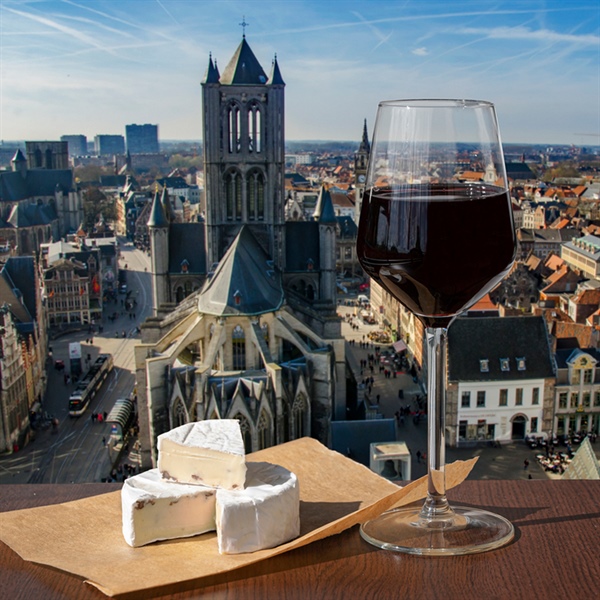Written By: Nan McCreary
If you are new to the wine world, the terms “New World” and “Old World” may throw you for a loop. These descriptors are not tossed about lightly: Whether a wine is labeled New World or Old World can tell you a lot about the wine — where it’s made, how it’s made and what to expect in flavor, intensity, alcohol levels and food pairings.
Let’s start with the geography:
Old World refers to wines made in countries where wine originated, basically Europe and the Middle East. These countries have wine traditions that date back thousands of years, and includes France, Spain, Italy, Germany, Portugal, Austria, Greece, Lebanon, Israel, Croatia, Georgia, Romania, Hungary and Switzerland.
New World refers to wines from countries that borrowed winemaking traditions from the Old World and started their own wine cultures: North and South America, Australia, New Zealand and South Africa. New World wines have only been around for several hundred years but, while much younger, the wines have benefited from use of age-old traditions and modern technology.
Generally, Old World wines and New World wines have very different flavor profiles.
Old World wines are lighter in body, lower in alcohol, higher in acid and less fruity, with more mineral flavors and earthiness. New World wines are more full-bodied, higher in alcohol, lower in acidity, and have more pronounced fruit flavors. A Chardonnay from Chablis in Burgundy, will be dry and austere and taste like tart green apples. A Chardonnay from Napa, on the other hand, will be rich, buttery, and oaky. A Pinot Noir from Burgundy will be delicate, acidic and earthy, while its counterpart in Napa may be medium-bodied, powerful, complex and dark in color with heavy oak flavors.
These differences come down to terroir and winemaking techniques. In the Old World, wines are more terroir-driven, with emphasis on soil, climate and topography of a region reflected in the glass. These environmental factors vary from year to year, resulting in different vintages producing different wines. While vintages may vary, winemaking practices are consistent, following traditions that have been used for centuries, and adhering to highly-regulated winemaking practices that help ensure quality in the wine.
Culturally, Old World wines are very food friendly, as wine consumption has always been an essential ingredient to every meal. You have probably noticed that Old World dishes, such as pasta with a red sauce, is nicely complimented by Chianti, a wine with marked acidity. In the Old World, food and wines that have grown up together always make great companions at the dinner table.
In the New World, on the other hand, winemaking is more about the grape variety than terroir, making for more-fruit-forward, less earth-driven wines. Also, New World wines are generally grown in warmer climates, resulting in riper wines with more sugar (and more alcohol) in them.
Some New World wines can have up to 16 percent Alcohol by Volume (ABV) in them, while the average Old World wine is around 12 percent to 13.5 percent ABV. Winemaking practices in the New World vary dramatically, and winemakers are open to experimenting. With less emphasis on tradition, they are taking advantage of newer technology. And, with fewer wine laws, New World winemakers have free reign to plant and harvest all types of grape varieties wherever they prefer.
Food-wise, New World wines, with round and softer tannins, do not need food for balance, and can be enjoyed on their own. However, wine pairing dinners are increasingly popular, and provide consumers with opportunities to try unique dishes complemented by the appropriate wine.
Neither Old World wines nor New World wines are necessarily better than the other. Like all choices in the wine world, it comes down to your personal preferences. Keep in mind that, when shopping for wines, Old World wines will generally be labeled by the region of origin rather than the grape variety because of the emphasis on terroir.
In Spain, for example, a red wine labeled “Rioja” will likely be a Tempranillo or a Garnacha. In Italy a wine labeled “Chianti” or “Brunello di Montalcino, will be made from the Sangiovese grape.
As you explore the wine world, you may enjoy trying a varietal wine from both worlds and see if you can tell the difference. There will always be exceptions to the general descriptors we’ve described but, hey, it’s wine, and you can never go wrong with that. Happy drinking!
For more articles like this and all things wine, visit the Rodeo Uncorked! Facebook group at facebook.com/rodeouncorked.


